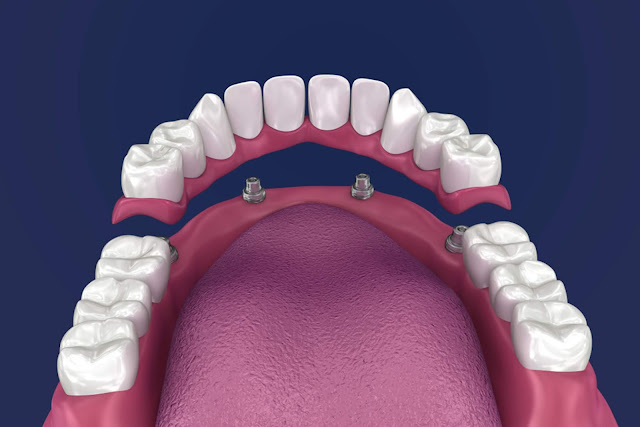An Introduction To Dental Sedation
Dentists understand that many people experience anxiety at the thought of receiving dental treatment. For some people with special needs, complex medical conditions or complex dental needs, undergoing dental work can be particularly demanding and difficult. Sedation dentistry in Saskatoon is a tool that a dentist near you can use to ease anxiety and fear and to make receiving essential dental treatment easier. Here is an introduction to the basics of dental sedation near you.
Types of sedation dentistry
Your dentist in Saskatoon can offer sedation dentistry tailored to your specific level of anxiety and the type and length of procedure that you’ll undergo.
Nitrous oxide (more casually called laughing gas) provides the mildest and quickest-acting (and quickest-dissipating) form of dental sedation. Patients anxious about a dental procedure and who need help relaxing will inhale nitrous oxide through a nose apparatus. Someone being sedated with nitrous oxide remains conscious through the entire process.
Oral sedation is a deeper level of sedation than provided with laughing gas, though you’ll still remain awake. (It is sometimes referred to as conscious sedation.) Oral sedation is provided in the form of a pill taken prior to the dental treatment. Though conscious at all times, you’ll be so relaxed that you may not recall anything about the treatment you received once the sedative effect of the medication passes.
Intravenous sedation is a still deeper level of relaxation and sedation. Intravenous sedation provides different levels of sedation always administered through an IV placed in a vein in your arm. While receiving the twilight level of IV sedation, you’ll remain conscious though unaware of what is happening. The deepest level of IV sedation is general anesthesia in which you’ll be completely unconscious. General anesthesia is not commonly used during dental treatment, and is appropriate only for the most complex and lengthy surgeries. If you are scheduled to undergo a complex procedure under general anesthesia, the procedure won’t take place at a standard dental clinic, but at a surgical clinic under the supervision of a doctor and anesthetist.
Preparing for dentistry under sedation
What type of sedation dentistry is appropriate for you? Before deciding what level of sedation is appropriate, your dentist will take a complete medical history from you with a particular emphasis on the following issues:
● Whether you have any existing or prior medical conditions
● Whether you are taking any other medications
● Whether you have received sedation before and experienced any adverse effects
In addition to those factors, choosing the right level of sedation will depend on the nature of treatment you’re going to receive, how long the treatment will take to accomplish and your level of anxiety or fear. Dental sedation can ease anxiety and fear related to anticipated pain, the sounds and smells while receiving treatment, a sensitive gag reflex or the feeling of extreme vulnerability while undergoing dental treatment.
Before you undergo treatment with the help of a sedative, your dentist will give you detailed instruction you should follow carefully to ensure your treatment is safe, effective and comfortable. Common instructions include avoiding smoking and drinking alcohol before your appointment, to drink lots of water, to arrange transportation to and from your appointment.
The notion of receiving sedation — especially intravenous sedation — can be intimidating. You can rest assured, though, that sedation dentistry is safe and performed only by highly trained professional staff with a thorough knowledge of your medical condition and with a single goal — to ensure that you get the dental treatment you need as comfortably as possible. If you’re anxious about undergoing treatment — or have a child or family member with special needs your dentist should be aware of — speak to a dentist near you about the availability and appropriateness of undergoing sedation dentistry near you.



Comments
Post a Comment